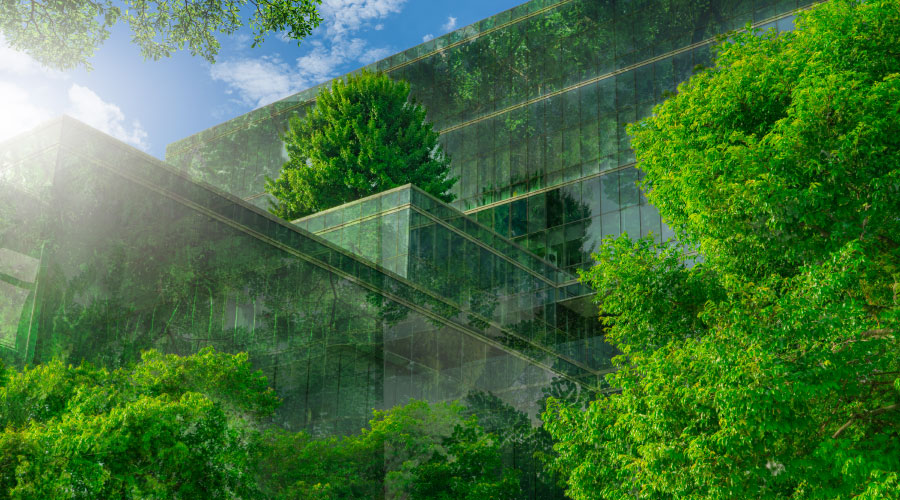Getting Green Right
By Edward Sullivan, Editor
 A famous Wall Street Journal headline once asked whether it was too easy to be green. Put that question to many facility executives and the response is likely to border on incredulity. Although a growing number of organizations have become receptive to green building measures, it’s by no means easy for most facility executives to win approval for green investments. Budgets are tight, and getting the go-ahead to spend 1 or 2 percent more on construction — or to hold the line on costs by trading off marble in the lobby for a more efficient HVAC system — is still a challenge.
A famous Wall Street Journal headline once asked whether it was too easy to be green. Put that question to many facility executives and the response is likely to border on incredulity. Although a growing number of organizations have become receptive to green building measures, it’s by no means easy for most facility executives to win approval for green investments. Budgets are tight, and getting the go-ahead to spend 1 or 2 percent more on construction — or to hold the line on costs by trading off marble in the lobby for a more efficient HVAC system — is still a challenge.
And the challenges don’t stop with approval. At this point, green design still demands more effort from facility executives than conventional construction does. That’s true despite all the gains made over the past decade or so. Market demand has increased the number of green products — but also the level of greenwash. Innovations in design and technology have reduced the first-cost premium for green buildings — but have also introduced new materials and methods that must be evaluated for suitability and durability. Issues like those put the onus on facility executives to ensure that a building designed to be green lives up to its name. That’s important: For green buildings to become truly mainstream, they have to deliver on their promises throughout their life-cycles — from efficiency to comfort to long-term functionality.
Is it too easy to be green? No. But the question remains a perennially important one to ask. That’s how the green building movement matures.
In this issue, we look at some of the harder issues in green design, from first costs to the actual performance of green buildings. Along the way, we offer advice for making it a little easier to winning approvals for green design investments — approvals that CFO scrutiny ensures will never be too easy to obtain.
Related Topics:








 A famous Wall Street Journal headline once asked whether it was too easy to be green. Put that question to many facility executives and the response is likely to border on incredulity. Although a growing number of organizations have become receptive to green building measures, it’s by no means easy for most facility executives to win approval for green investments. Budgets are tight, and getting the go-ahead to spend 1 or 2 percent more on construction — or to hold the line on costs by trading off marble in the lobby for a more efficient HVAC system — is still a challenge.
A famous Wall Street Journal headline once asked whether it was too easy to be green. Put that question to many facility executives and the response is likely to border on incredulity. Although a growing number of organizations have become receptive to green building measures, it’s by no means easy for most facility executives to win approval for green investments. Budgets are tight, and getting the go-ahead to spend 1 or 2 percent more on construction — or to hold the line on costs by trading off marble in the lobby for a more efficient HVAC system — is still a challenge.




